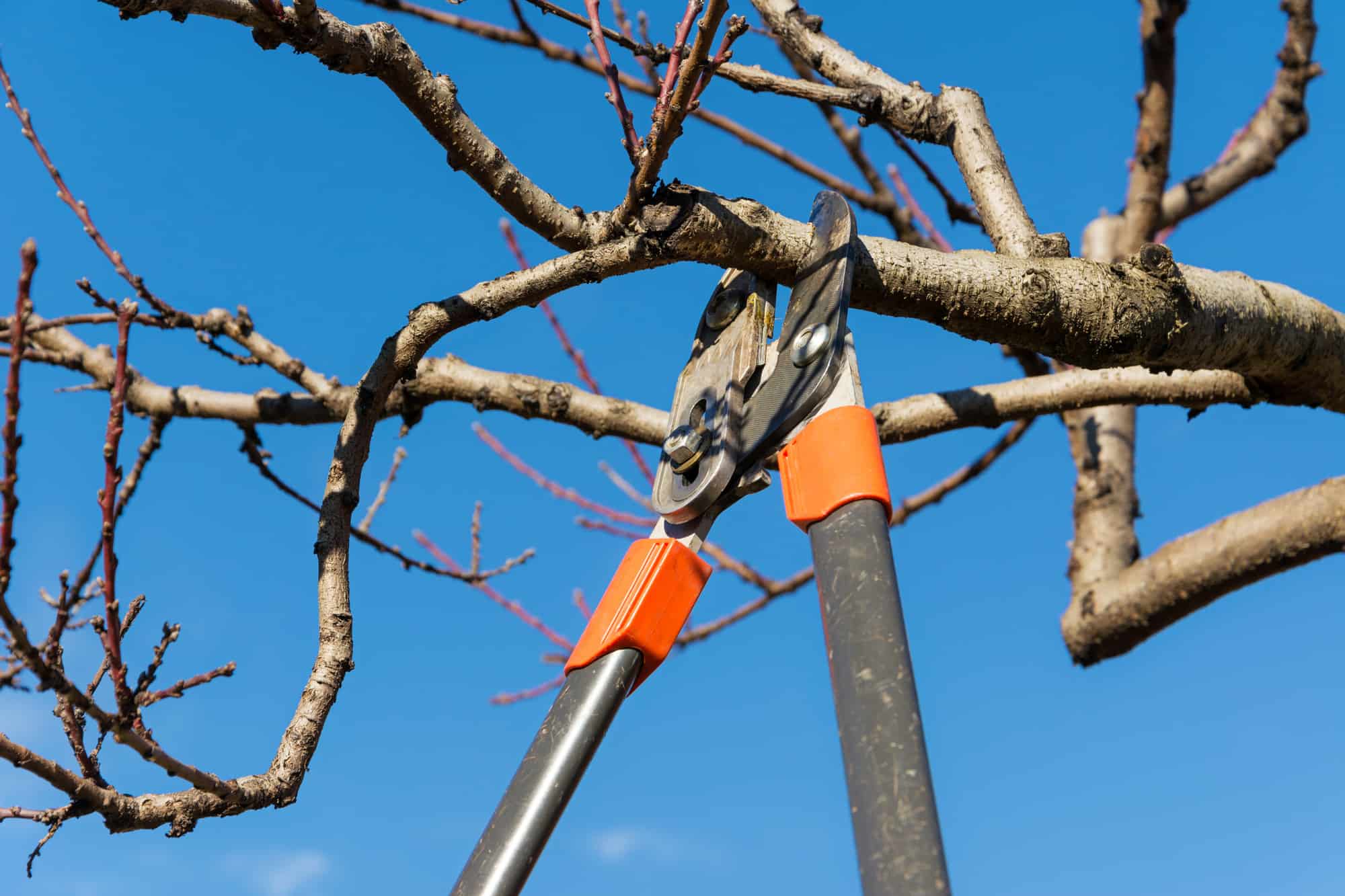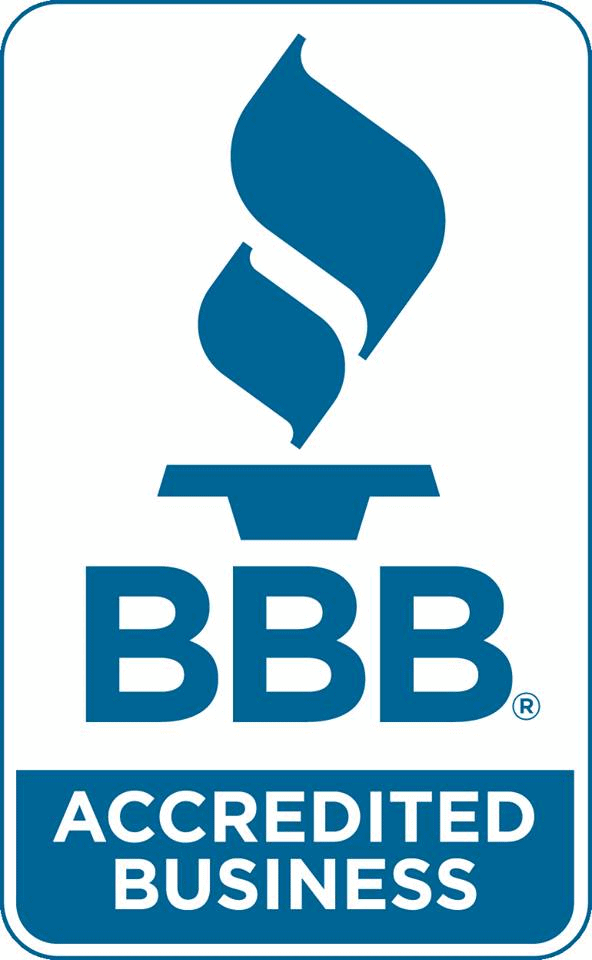Gardening 101: Pruning Tools and How to Maintain Them

Gardening 101: Pruning Tools and How to Maintain Them
Did you know more Americans have begun gardening and growing their own food? Look at getting professional gardening equipment and keeping them in top shape. If you want to learn more about maintaining pruning shears, keep reading.
In this guide, you’ll learn about necessary gardening equipment to invest in. you might also want to pursue professional tree trimming.
Check out our tips below.
Getting the Right Pruning Tools
You’ll want to get three main pruning tools: ratchets, bypass, and anvil. A bypass pruning tool is the most popular and works similarly to scissors. You’ll get a clean cut with these tools.
A ratchet pruning tool is perfect for making small cuts. Use your anvil pruning tool when you need to cut older limbs.
Cleaning Your Gardening Tools
After you build up your repertoire of gardening tools, you’ll want to clean them after each use.
Rinse digging tools with a garden hose. You can get rid of soil and other debris quickly. Simply use a putty knife or wire brush if there’s dried on earth. Dry off the tools with a clean microfiber cloth before you store them tools away.
Did you prune a tree or bush recently? You should clean the pruners in warm soapy water and scrub the pruner with a wire brush. This is critical if you have cut down a diseased tree.
To further disinfect the pruning shears, mix a water solution and bleach. Soak the pruners in this solution, rinse them, and dry them. Add linseed oil to the sheer’s moving parts.
Inspect Your Tools
Another critical step is to inspect your tools for any signs of rust. It’s often more challenging to get rid of rust after it’s set in. make sure to check your tools for rust before using them.
You can help prevent rust from developing by drying the tools. Use steel wool or a wire brush and a bit of vegetable oil. Oil the rusted areas and begin scrubbing them area. This will quickly loosen the rust.
Getting Rid of Sap
If you’re using pruners often, no doubt you’ve seen sticky sap on your tools. Once hardened, sticky sap isn’t easy to remove. You can quickly remove it, however, with a mixture of solvents. You should also pay attention to hinged or moving parts.
Sap left to harden on tools could end up rusting later. Wipe your blades clean with the cloth dipped in solvent. Rinse the tool in soapy water before drying and storing the tool.
Disinfect Your Gardening Equipment
After you clean off your garden tools, you can disinfect them with a mixture of bleach and water. Bleach and water solutions will work fine as a disinfectant for most garden tools. Submerge your garden tools and let them soak for 10-15 minutes.
Rinse the tools with clean water and then dry them off with your microfiber brush or cloth.
Treat Wooden Handles on Tools
Most garden tools will have a wooden handle. You should make sure you treat these wooden handles. This will prevent the wood material from loosening, drying, or splitting.
Don’t use petroleum products to treat the other parts of the garden tools. Instead, look to use a natural product like linseed oil. Coat the wooden handles lightly with oil and sit for 20 minutes. Wipe away any excess oil with a microfiber cloth.
Where Are You Storing Gardening Equipment?
You want to keep your garden tools in an accessible area. The area should be well-ventilated and dry.
You could fill a bucket with either sand or pebbles and put the tools in the bucket. Hang more extensive tools like rakes, shovels, and weeders in your shed to save space.
Deep Cleaning Your Pruning Tools
People who use their garden tools that have blades should clean them regularly. You might rinse them off, but deep clean them before storing your tools for the winter.
Some people will bring their loppers, shears, and pruners to a professional. The professional might take the tools apart and clean them for deep cleaning. They will unscrew the nuts and bolts and wash everything in soapy water.
Try treating each tool with linseed oil. For people who want to do this at home, simply soak the tools in a water and vinegar solution. Make sure you let the tools air dry before you begin to put them back together.
Some tools won’t work as they did before you took them apart. If you don’t have experience disassembling tools, you should hire a professional.
Don’t Forget to Sharpen the Tools
Keep all your tools sharp. Some gardeners and homeowners will buy pruner-sharpening tools. You can keep your well-used tools sharpened and fit to use all the time. You could also bring your tools in to get them professionally sharpened. Blunt blades can harm your plants, crushing the stems and branches.
Sharpen all your tools before you store them away for the winter. Do this beforehand and make sure to inspect your tools as well.
After the growing season hits, you don’t want to waste precious time ensuring all your tools are prepped. However, for projects like tree removal, you should contact a professional.
When you go to sharpen your tools, wear protective gear like eye protection and gloves. When sharpening a tool, try to move in the same direction across the blade. Don’t move back and forth.
We’ll Help You With Tree Trimming
We hope this guide was helpful. Keep your pruning tools in excellent shape by washing and sharpening them regularly. If you don’t feel comfortable sharpening your tools, you can bring them to a professional.
Get rid of diseased or dead trees on your property.
Contact us today if you would like some help. We would love to help you.



You must be logged in to post a comment.